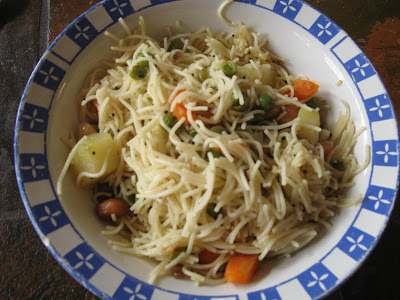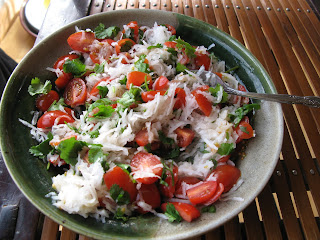How I cooked Nimona (Part 2)

If you have read my last post here , you have the background of how Nimona needs fresh peas. Now I want to fast forward 10 years. To this date, I have not made Nimona myself. I have had the urge to make Nimona with what is easily available (frozen peas) several times, but I have let it pass. But then I have been craving Nimona for some time and yesterday I decided to make it using frozen peas. After I put all the spices and closed the pressure cooker lid for nimona to get cooked, I came downstairs to do some work. As I went back upstairs after couple of minutes , right kind of nimona smells were coming out of my kitchen. I was very excited. I immediately put some rice and had a nice nimona - chawal meal the moment rice was done. In conclusion I can say that somebody who has craved nimona all this time but eaten it only couple of times in last 10 years, it was a big treat. I am sure it will be better with fresh peas. Recipe 3 cups peas 2 tbsp vegetable oil (I used musta












